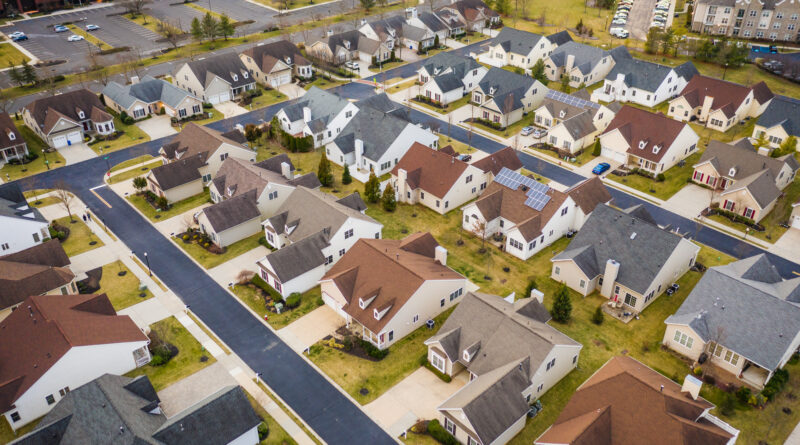
Despite Pressure, U.S. Retains Economic Strength
Housing market facing pressure due to slow production and sales
By Patrick Duffy
These are indeed challenging times in which we are living, and while history doesn’t necessarily repeat itself, it does tend to rhyme. When Vladimir Lenin famously said, “There are decades where nothing happens; and there are weeks when decades happen,” towards the end of World War I, he could very well have been talking about current events over one hundred years later.
While the experiences of the recent past have seemingly repeated and compressed the decades of the last century into months, there are both important similarities and differences. The similarities include the rise of autocratic leaders, pushback by countries against globalization in more developed countries, and a return to ‘autarky,’ an economic term for comprehensive self-sufficiency.
The differences include a much stronger United States on the world stage, a global reserve currency allowing higher deficit spending in emergencies (as well as fueling economic sanctions), and central banks with greater capacity to control inflation and growth with the twin tools of interest rates and the money supply. So what does this mean generally for the economy, and more specifically for the housing market?
Firstly, look for inflation to remain high and rise even more in the months ahead, especially for energy, food and commodities. Overseas, don’t be surprised by increasing instability in developing countries which import a significant share of their food (especially wheat) and energy needs, all of which will be competing in a global marketplace for diminished supply. For the housing market, this means higher prices for not just anything directly made with petroleum-based products, but additional costs being passed along due to steeper transportation costs.
Secondly, look for supply chains to again come under pressure due not just to the economic shutdowns of Russia and Ukraine, but continued COVID-related shutdowns in China, a stubborn labor shortage still contending with “The Great Resignation,” and the traders of commodities and energy who are unable to obtain short-term financing at the same levels of leverage to which they’ve become accustomed. This is why we’re continuing to see wilder ebbs and flows for these products, since lower leverage can make trades unprofitable, thus spiking prices even higher.
For the housing market, recent surveys of home builders are finding over 90% of respondents citing both the cost and the availability of some basic components and products as sources of frustration, prompting most of them to slow down sales and production activity. This, in turn, will put more pressure on affordability for both new and existing homes.
Thirdly, at least in the short run, look for the Federal Reserve to continue missing the mark on balancing inflation versus unemployment, with many pundits (and more recently, Fed Chair Powell himself) suggesting they have used the wrong historical inputs to forecast the future. What was long labeled as ‘transitory’ inflation due to pandemic-related fiscal spending and supply chain challenges may be with us longer than anticipated, especially if the crisis in Eastern Europe drags on for months or years and opportunistic conflicts flare up in other global hotspots.
“…look for those build-to-rent producers who are ready with finished products to grab an even higher share of those moving from high-cost markets along the coasts.”
For the housing market, the combination of higher Federal Funds rates, investors scrambling for yield in a confusing environment and multiple inputs creating higher inflation will prompt mortgage bond holders to demand steeper interest rates in exchange for their added risk. Consumers, facing rising costs for basic necessities, are already cutting back on non-essential items, with many holding onto their pandemic savings as they face more uncertainty.
While the temporary, pre-invasion dip in mortgage rates did bring lots of FOMO buyers off the fence, even historical levels of pent-up demand cannot magically get others to quality as borrowing rates rise. Consequently, look for those build-to-rent producers who are ready with finished products to grab an even higher share of those moving from high-cost markets along the coasts.
Finally, if the past is prologue, look for another wave of a new variant of the Omicron COVID virus now in Europe to sweep through the U.S. in the months ahead, which will mostly impact the unvaccinated, the elderly and those who are immunocompromised. Despite these various threats, I always remain grateful to live in a relatively stable country surrounded by two huge oceans to the east and west plus two friendly land neighbors to the north and south.
Patrick Duffy is a Principal with MetroIntelligence and contributes to BuilderBytes. He can be reached at pduffy@metrointel.com or at 310-666-8288.

